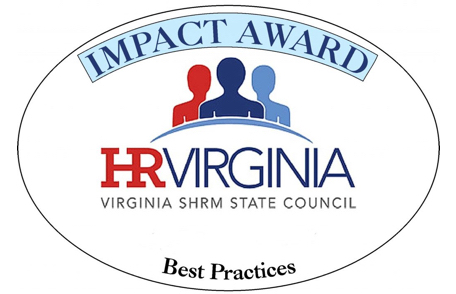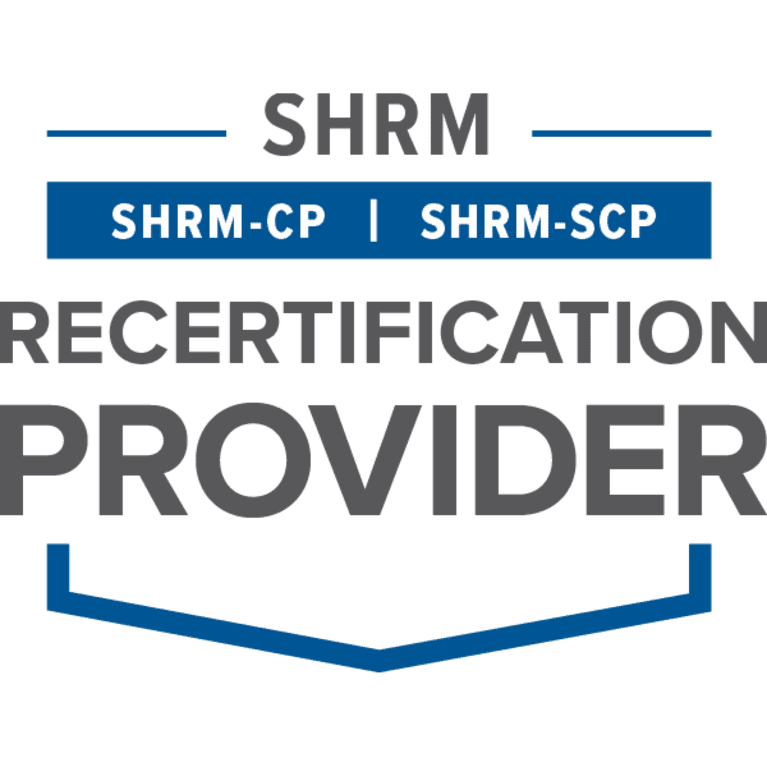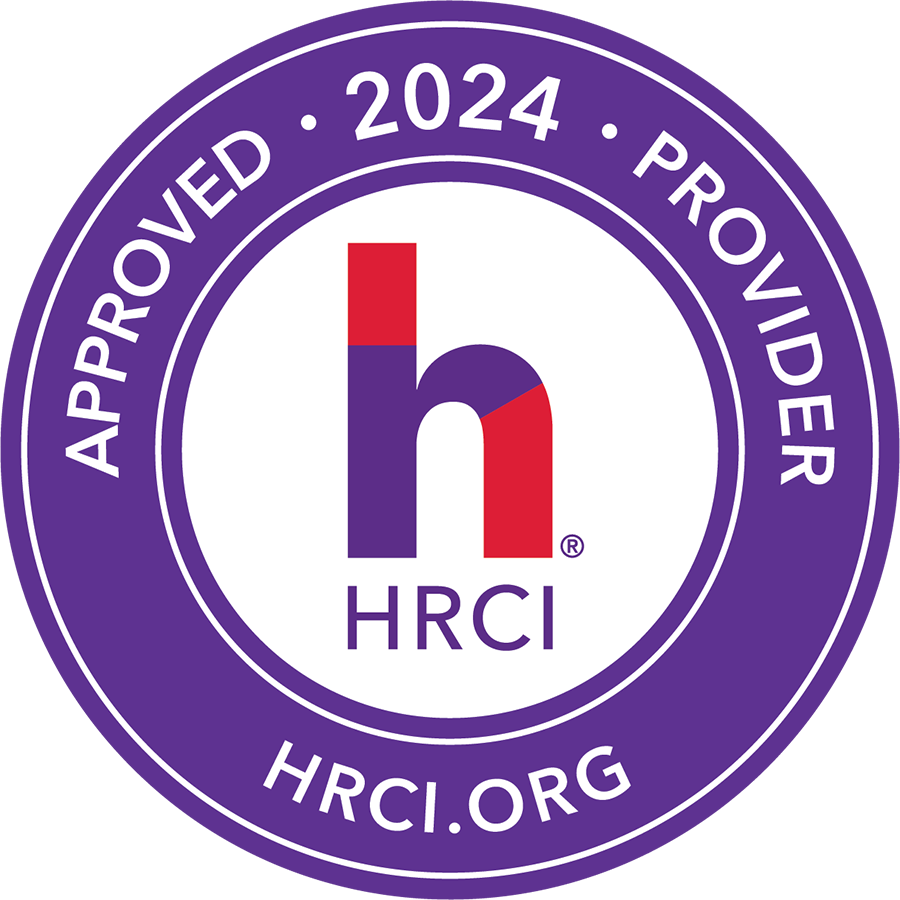Volunteerism is a great way to engage employees and professionals in their careers, and offering meaningful ways to make a difference can have a huge positive impact on the culture of any organization. However, keeping volunteers engaged can come with its own set of challenges. In HR Virginia, we jokingly recruit for new volunteers by promising no pay, extra work, and lots of fun and networking. All joking aside, that’s exactly what a huge component of volunteering is – doing extra work for free! So, how do we keep volunteers engaged, and more importantly, coming back for more? Here are some things to keep in mind:
- Make sure current and potential volunteers understand the mission or purpose of the organization, and how they fit in. With any volunteer program, it’s essential to tell the story. You want to inspire an emotional connection to the mission. Your story should convey the value the organization and its volunteers have towards the overall cause. Whether the organization is providing an essential community service or development and networking for industry professionals, you must be able to connect your volunteers’ contributions back to the mission. I volunteer with HR Virginia because the organization was hugely supportive of me in my early human resources career, and I appreciate the opportunity to give back in a similar way. My own employer’s charitable arm connects our employees with the purpose of providing joy, hope, and smiles for children facing medical hardships. This emotional connection builds strong engagement from our entire team.
- While working to recruit new volunteers, make sure you understand their motivation and comfort levels. It is vitally important to set realistic expectations as you are talking with candidates for a volunteer role. For example, if the role requires a lot of fundraising or soliciting of other resources, certain people may be very uncomfortable with it – I certainly am! But, if the role allows them to do something they enjoy, they’re more likely to engage quickly and stay engaged. Just like in a regular organization, job descriptions are a helpful tool to outline the responsibilities of each volunteer role. Also, since people are taking this volunteer role on as an extra, it’s important to set a realistic expectation about how much time they can expect to spend fulfilling the duties of the role. If it’s too much of a time commitment for one person, you may need to consider a committee. The more quickly volunteers become overwhelmed in their roles, the more likely they’ll disengage entirely.
- Once you do have someone in the role, it’s important to provide an adequate training and orientation. If they are new to the organization, they’ll need to learn about how things work. How much autonomy do they have to make decisions? How do they handle requests for supplies or funds to accomplish their volunteer duties? Is there a chain of command or an approval process for any of the duties they’ll be taking on? If volunteers don’t know who to ask for support, it’s easy for them to become discouraged and therefore, less engaged.
- Remember that your volunteers are giving their time. Often, volunteers are fitting in these duties after their day job, and possibly also while juggling very busy and challenging seasons of life. Running from a full-time job to three soccer practices a week, and still trying to keep a house in order takes a lot – so understanding that some things might not happen on your timeline, but on the volunteer’s timeline, is important. Patience with volunteers is key, and respecting their time and opinions will help them stay engaged in the role. If a volunteer reaches out for help or information, remember it might be their one chance today to work on the task at hand – and try to be available and responsive.
- Recognize contributions and achievements! This should go without saying, but because we are all busy, recognition sometimes slips through the cracks. When possible, provide a platform for your volunteers to showcase their success, or showcase it for them. This also helps connect their work back to the mission of the organization.
- Foster social engagement to build a sense of connection. Make it fun! One of my favorite things about volunteering for HR Virginia is the opportunity to network with other HR professionals. I’ve made some great friends through my involvement with this organization. Volunteering provides people a much-needed opportunity to step away from the daily grind. Even stepping out of our normal work routine for a day or a few hours can do wonders for our mental well-being, and providing social opportunities in conjunction with volunteer duties is a great way to encourage involvement.
- If you notice a volunteer has become disengaged, check in. They may be running into some trouble with any of these areas mentioned above. If they aren’t connected to the mission, if they don’t know what the expectations are or if those expectations do not align with what they want to contribute, you may be able to talk with them about alternatives. If you don’t check in, you won’t know, and if you don’t know, you can’t support. This conversation may be another opportunity to clearly state expectations and allow the volunteer to evaluate whether the current role is a fit.
- Respect the need for a break. There are seasons of our lives and our careers through which it might just be difficult to manage a volunteer role. I’ve volunteered with HR Virginia for three separate terms throughout my career; each time I needed to leave, it was because that season of my life demanded my full attention, and I knew I couldn’t give HR Virginia the commitment it deserved. Volunteers appreciate your understanding if they find they can’t fit it in, and the way you receive that news will go a long way to building their comfort level with returning to the organization when they have available time again.
Many of these tips parallel the recommendations we often see for keeping employees engaged in their jobs. After all, a volunteer role is another job! It’s important to remember we need to put the same level of effort into engaging our volunteers as we would engaging our paid employees. Their needs are often very much the same. Keeping volunteers’ (and employees’) needs in mind when designing and managing a volunteer program is a key factor in achieving success and maintaining a strong culture going forward.

About the Author
Jenny Hipple, SHRM-CP, PHR
Co-Director, Communications, HR Virginia






